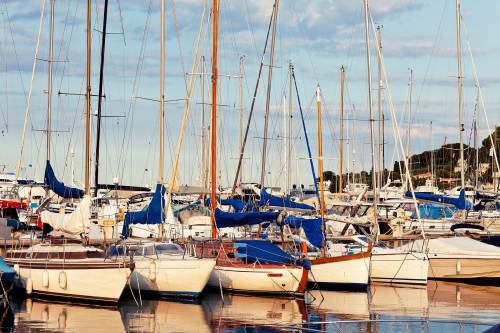
For the last six decades, the marine industry has been turning out increasing numbers of reinforced plastic recreational and working craft, the vast majority being fibreglass (glass fibre reinforced polyester). A satellite view of almost any waterway in developed countries reveals a profusion of small craft (typically up to 20 m length) filling much of the available water space.
| Because composite vessels are highly durable, end-of-life disposal has not so far been a major issue. |
The International Council of Marine Industry Associations (ICOMIA) has estimated that there are more than 6 million recreational craft in Europe alone. (Of the hundreds of thousands that lie in marinas, most rarely move, venturing out less than half a dozen times a year.)
Because composite vessels are highly durable, end-of-life (EOL) disposal has not so far been a major issue. Many of the numerous glassfibre boats produced in the early years still exist. But the time will come – is coming – when these craft reach the end of their lives and will have to be disposed of.
The present trickle of EOL disposals is likely to become a ‘tsunami’ as successive generations of craft reach the end. Unlike metal and wooden boats, which are made of recyclable or naturally degrading materials, fibreglass craft leave an enduring trace on the environment ...
This text is an excerpt from the feature article End-of-life boat disposal – a looming issue for the composites industry. YOU CAN CONTINUE TO READ THIS ARTICLE HERE.
Also see:





